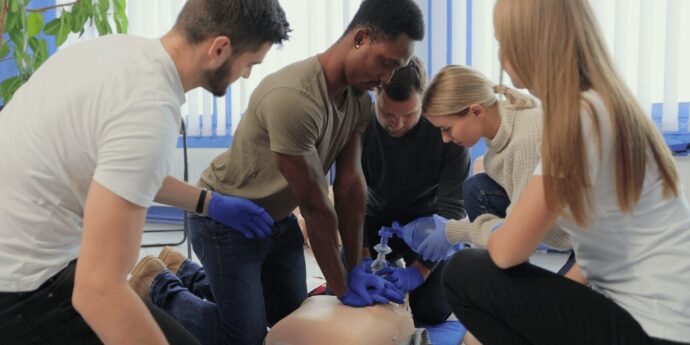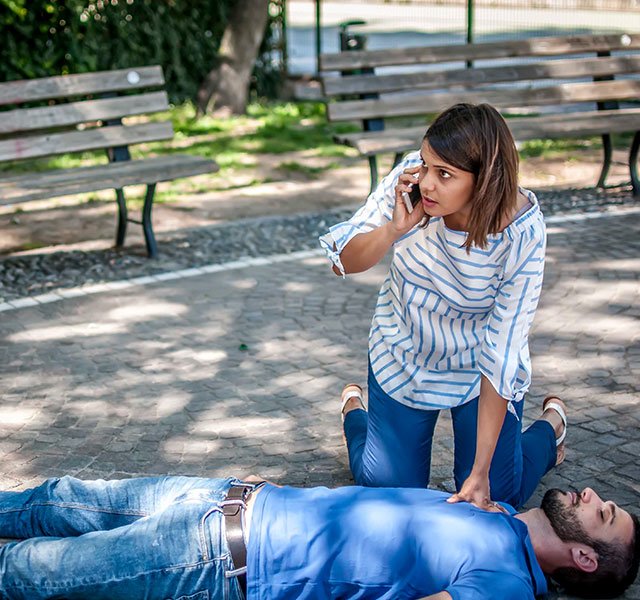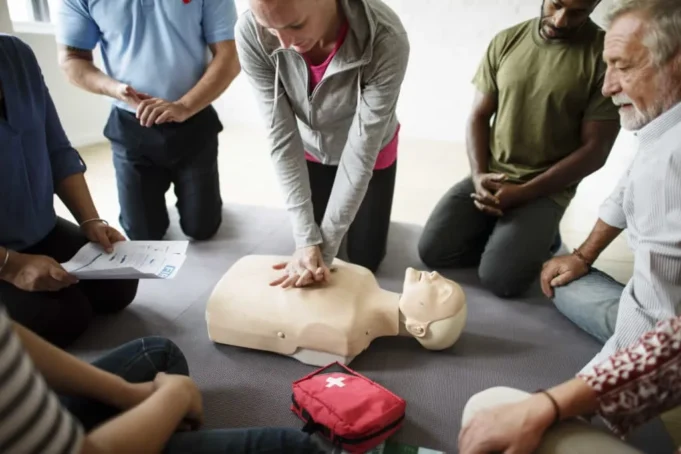Emergencies can strike at any moment, leaving us both frightened and uncertain. Knowing how to act quickly and effectively can make the difference between life and death. For many, the power to save lives remains an abstract idea, distant and unreachable. However, with proper training in CPR and AED, anyone can become a lifesaver. This article aims to elucidate the vital skills and techniques that are not only necessary but within everyone’s reach.
Basic Life-Saving Techniques
When faced with an emergency, the fundamental goal is to preserve life and prevent further harm. Life-saving techniques such as chest compressions, rescue breathing, and clearing airway obstructions serve as the pillars of initial response. By understanding and mastering these foundational skills, you are better prepared to tackle more advanced techniques and make a real difference in a critical moment.
Equally significant is the knowledge of when and how to call for professional medical help. By assessing the situation swiftly and communicating the right information, you’ll enable emergency services to respond promptly. Your actions, no matter how simple, could be the crucial element that sustains life until professional help arrives. MyCPR NOW offers certified programs and can teach you the skills you need.
Understanding CPR: Cardiopulmonary Resuscitation

One of the essential tools in emergency response is CPR or cardiopulmonary resuscitation. It’s a series of actions that can help maintain blood flow to the brain and vital organs during cardiac emergencies. But understanding the “why” behind the process makes the practice even more effective. It’s about creating a temporary bridge for oxygen-rich blood to reach vital parts of the body, keeping the person alive.
In addition to its significance, a nuanced comprehension of CPR includes recognizing its limitations. It’s not a cure but a life-sustaining method until more advanced care can be administered. Your intervention could mean the difference between an immediate fatality and a chance at recovery, underlining the immense responsibility and power of these skills.
AED: Automated External Defibrillator Explained
An Automated External Defibrillator, or AED, is a sophisticated but user-friendly device that can analyze the heart’s rhythm and deliver an electric shock if needed. This shock can restart the heart if it’s in an abnormal rhythm, often a main culprit in cardiac emergencies. Understanding how this device functions and its role in emergency care is vital to its effective application.
Operating an AED requires more than just pressing buttons; it demands calmness and precision. Each step of its use, from positioning the pads correctly to following voice commands, is crucial. While the device guides you through the process, a deep understanding of its operation will only enhance your ability to save lives.
How to Recognize Cardiac Arrest

Cardiac arrest is a perilous condition that requires immediate action. Identifying the signs is the first step toward timely intervention. Symptoms such as sudden collapse, unresponsiveness, lack of breathing, or unusual breathing sounds must ring alarm bells. Early recognition can lead to faster action, which is key to survival.
Knowledge of the difference between heart attacks, cardiac arrest, and other similar conditions is equally vital. Misidentifying the situation may lead to incorrect or delayed action. A clear understanding of cardiac arrest, its symptoms, and how it differs from other medical emergencies will empower you to act with certainty and efficiency.
Step-by-Step CPR Procedure
Administering CPR is not simply about applying pressure to the chest; it’s a carefully orchestrated procedure. Starting with checking the scene for safety, assessing the victim, and calling emergency services, each step is pivotal. Compressions, rescue breaths, and continued assessment form a choreographed routine that must be followed with precision.
Following the CPR procedure with the utmost accuracy is not merely a matter of following instructions; it’s about creating a rhythm, an instinctive response that comes naturally with practice and understanding. Being able to perform CPR seamlessly might well mean the difference between life and death, making continuous learning and practice essential.
Proper AED Usage and Guidelines
Utilizing an AED goes beyond mere knowledge of the device; it requires adherence to guidelines and procedures. From the moment of recognizing cardiac arrest to properly deploying the AED, every step must be performed accurately. Following the established guidelines ensures not only the victim’s safety but also yours.
Equally essential is the understanding that while the AED is powerful, it is not foolproof. Being aware of the limitations and potential complications can guide you to act more wisely and responsibly. The synergy between AED, CPR, and professional medical intervention is a crucial aspect of the life-saving process.
Training and Certification Programs

To wield these life-saving tools effectively, proper training is indispensable. Various organizations offer courses tailored for different levels of expertise, from the layperson to the healthcare professional. Engaging in these programs builds not just skills but the confidence to employ them when needed.
Commitment to continuous education and re-certification is as vital as initial training. Guidelines and techniques evolve, and staying abreast of the latest information ensures that you are prepared to act decisively and accurately. Your education in these vital skills is an ongoing journey, a commitment to being ready when the call to action comes.
The Psychological Preparedness to Respond in Emergencies
Psychological readiness is an oft-overlooked aspect of emergency response. Being technically skilled is vital, but without the mental fortitude to act, those skills can become paralyzed. Training the mind to remain calm and focused, and to make clear decisions under pressure, is an integral part of being a lifesaver.
Emotions and stress are natural reactions, but they must not hinder action. Post-incident support and understanding the emotional toll these situations can take is as critical as physical training. Recognizing and addressing the psychological aspects will complete your transformation into a competent and compassionate lifesaver.
Final Thoughts
Saving a life is a profound and humbling experience. Through knowledge, training, and the right mindset, anyone can assume this extraordinary role. The information shared here is not only to inform but to inspire action. Engage with these life-saving techniques, understand them, master them, and carry them with you always. For in your hands may lie the power to grant someone a second chance at life.















